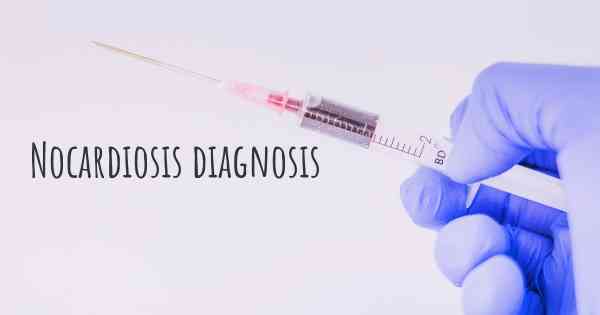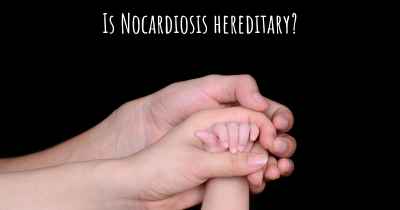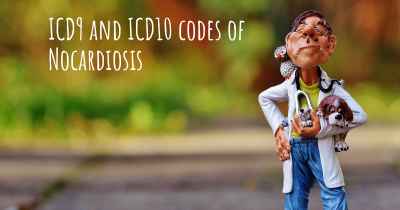How is Nocardiosis diagnosed?
See how Nocardiosis is diagnosed. Which specialists are essential to meet, what tests are needed and other useful information for the diagnosis of Nocardiosis

Nocardiosis is a rare but serious bacterial infection caused by the Nocardia species. Diagnosing nocardiosis can be challenging due to its nonspecific symptoms and resemblance to other respiratory or skin infections. However, early detection is crucial for effective treatment and prevention of complications.
Medical History: The diagnostic process typically begins with a thorough medical history review, where the healthcare provider will inquire about the patient's symptoms, recent travel, exposure to animals or soil, and any underlying medical conditions or immunosuppressive therapies.
Clinical Examination: A comprehensive physical examination is conducted to assess the patient's overall health and identify any specific signs or symptoms associated with nocardiosis. This may include examining the lungs, skin, and other affected areas.
Laboratory Tests: Several laboratory tests are employed to aid in the diagnosis of nocardiosis:
- Microscopic Examination: A sample of tissue, sputum, or other bodily fluids is collected and examined under a microscope. The presence of characteristic Nocardia bacteria, such as filamentous branching structures called hyphae, can indicate nocardiosis.
- Culture: The collected sample is cultured in a laboratory to isolate and identify the Nocardia species. This process can take several days or weeks, as the bacteria grow slowly.
- Biochemical Tests: Once the bacteria are isolated, biochemical tests are performed to confirm the presence of Nocardia and determine the specific species. This information helps guide appropriate treatment strategies.
- Molecular Testing: In some cases, molecular techniques like polymerase chain reaction (PCR) may be used to detect and identify Nocardia DNA more rapidly and accurately.
Imaging Studies: Imaging techniques, such as chest X-rays or computed tomography (CT) scans, may be conducted to evaluate the extent of infection and identify any abscesses or nodules in the lungs or other affected areas.
Biopsy: In certain situations, a biopsy may be necessary to obtain a tissue sample for further analysis. This can help confirm the diagnosis and rule out other conditions.
It is important to consult a healthcare professional for an accurate diagnosis of nocardiosis. Prompt identification of the infection allows for appropriate treatment with antibiotics tailored to the specific Nocardia species and helps prevent potential complications.








